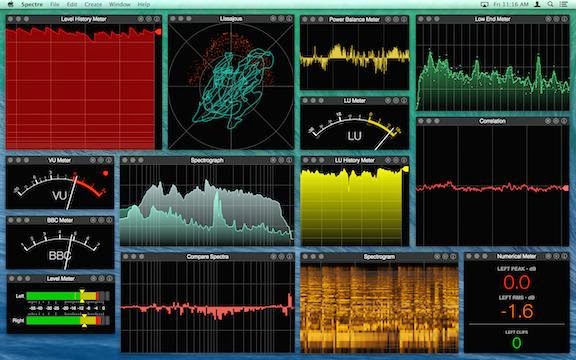There are some songs that we all know because they've been a staple of AOR or classic rock radio since their release.
Rush's "
Tom Sawyer" (from their big
Moving Pictures album) is one of these, and even if you're not a Rush fan, you sort of know the song by the osmosis process of hearing it for so long.
Here's
Neil Peart's isolated drum track from the song. There's a split of opinion about Peart's playing in that some think he's the best drummer on the planet, while others feel his playing is robotic and soulless. Regardless of how you feel, this is a great drum track that's worth checking out. Here's what to listen for:
1. Check out the flange effect on the cymbals on the opening downbeat
2. You can't miss the long dark reverb on the snare. You never hear it with the rest of the instruments because it's so dark.
3. Unlike many of today's mixes, the high hat is panned to the center rather than to the right as you see it.
4. The tom fills that start at 1:00 sound like they're really tightly tuned and almost out of place with the rest of the kit. That said, the floor tom fills that start at 2:40 still sound like they're tuned high, but are more in line with the sound of the kick and snare.
You might also like my
Deconstructed Hits series of books that take an X-ray look inside hits from all genres.
Check out some excerpts on the excerpts section of
bobbyowsinski.com.
----------------------------------




